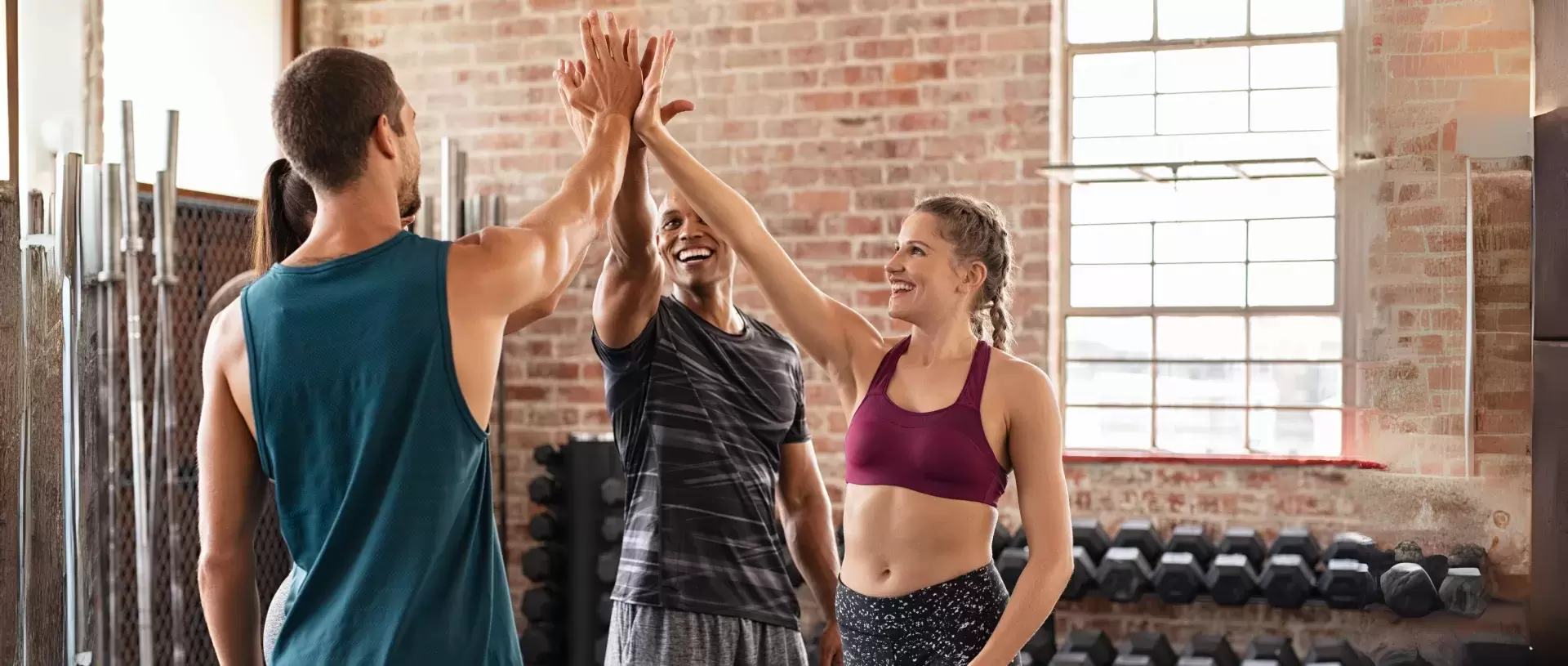Athletes tend to use the same muscles over and over. They get tighter and tighter, and this has an effect on the muscles. We can stretch but not reach everything. Rolfing helps me reach areas like the ribs, abdominals, upper body, and hips that are hard to get."
- Olympic skier, Mickey Egan
Not only do muscles contribute to movement; fascia, the connective tissue surrounding the muscles, also plays a crucial role. This is especially important in competitive sports, where movements require maximum coordination and muscle engagement. Any restriction in mobility can hinder the optimal release of energy, thus affecting athletic performance.
With a growing interest in fascia training, athletes from various disciplines have recognised the importance of a balanced fascial network for improved performance and reduced risk of injury.
Rolfing® Structural Integration is a manual method of bodywork that addresses this specifically. By focusing on the function of the fascial system and its targeted manipulation, it supports fitness training and can significantly enhance athletic performance while reducing the risk of injury.
Rolfing® Benefits for Athletes
Beyond muscles, fascia serves as an essential energy source for the human musculoskeletal system. Fascia connects different regions of the body and facilitates the transfer of energy from contracting muscles to bones through fascial pathways.
Maintaining balance in the muscle-fascia chains of the body is crucial for optimal movement. Through a precise analysis of movement patterns and manual work, Rolfers® address imbalances due to fascial adhesions and restrictions, promote tissue circulation, and ensure optimal body alignment in relation to gravity.
Rolfing plays a vital role in sports activities, whether for beginners or elite athletes, regardless of age. Depending on the sport and performance level, this manual method can target specific areas and contribute to performance improvement – whether in running, cycling, weightlifting, yoga, dancing, skiing, or any other sport.
By ensuring a balanced fascial network, Rolfing can enable more efficient power transmission, relieve joints, and improve balance, contributing to efficient and coordinated movement. Athletes appreciate Rolfing Structural Integration because it is a gentle method which effectively supports recovery, reduces the risk of injury, and helps enhance athletic performance.
Author: Sabine Becker
Learn more about Rolfing® Structural Integration.
Find a Rolfer® near you.
Train to become a Certified Rolfer®.
Want to know more?
Sign up for our newsletter and receive regular information about Rolfing Structural Integration.







